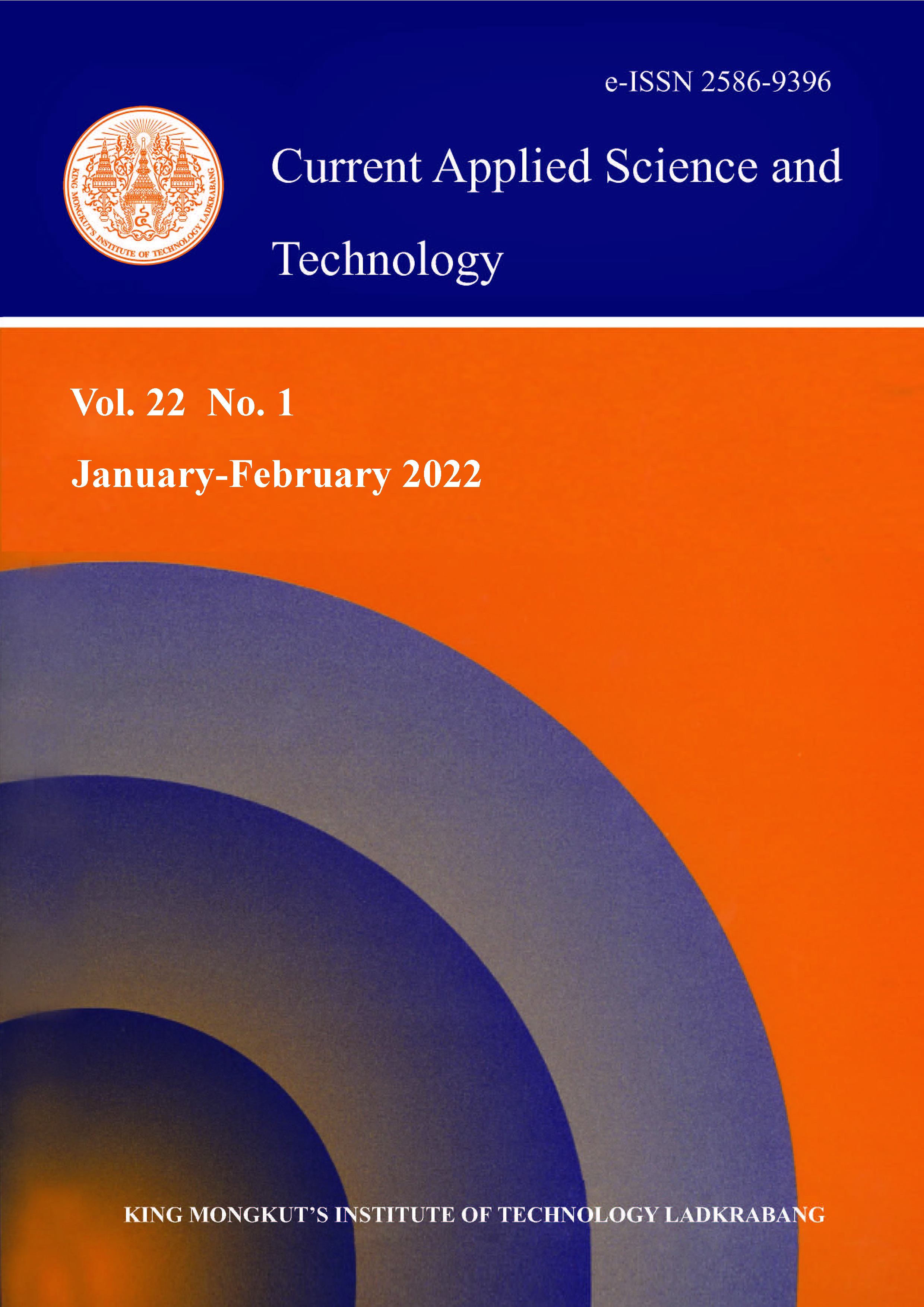Recent advancement in technologies for wireless sensor networks has led to the emergence of wireless body sensor networks (WBSN). These networks are composed of various sensor nodes that are placed on the human body and have the ability to constantly detect, process and transmit any sensed vital signs of patients to physicians without confining the patients to their hospital beds or restraining their movement. In common with a good number of other sensor network applications, the sensors are constrained by not having sufficient energy for them to function, a situation which often leads to unexpected failures in the network. However, recent research has shown that the use of mobile nodes for data transfer can significantly reduce energy consumption of the network. Hence, in this paper, an energy efficient hybrid algorithm using particle swarm optimization (PSO) algorithm and teaching-learning-based optimization (TLBO) algorithm is presented. The proposed algorithm takes into consideration the residual energy and the distance of each node from the base station to select routes from the sensing nodes to the base station. The hybridization is performed by the incorporation of the teaching and learning factors of TLBO algorithm into the velocity equation of PSO algorithm in order to improve the convergence of the algorithm into global optimum. The performance of the new hybrid algorithm is compared to similar optimization algorithms. Extensive simulation results show the potential of the proposed algorithm to optimize the energy of wireless body sensor networks
Keywords: wireless networks; body sensors; mobile nodes; algorithm; optimization
*Corresponding author: Tel.: (+234) 8033836990
E-mail: bolaji.omodunbi@fuoye.edu.ng
Omodunbi*, B. undefined. ., Emuoyibofarhe, J. O. undefined. ., Arulogun, T. O. undefined. ., Oladosu, J. undefined. ., Adeyanju, I. undefined. ., Olaniyan, O. undefined. ., Okomba, N. undefined. ., & Esan, A. undefined. . (2021). Energy Optimization Algorithm for Path Selection in Wireless Body Sensor Networks. CURRENT APPLIED SCIENCE AND TECHNOLOGY, DOI: 10.55003/cast.2022.01.22.014 (15 pages). https://doi.org/10.55003/cast.2022.01.22.014
